© ROOT-NATION.com - Use of content is permitted with a backlink.
Realme has introduced its new budget smartphone, the realme C75. Here’s how the device performs in everyday use. In its promotional materials, Realme highlights the phone’s ability to handle various tasks with ease, along with claims of water and drop resistance. But how durable is the C75 in reality, and can it maintain its appeal over time?
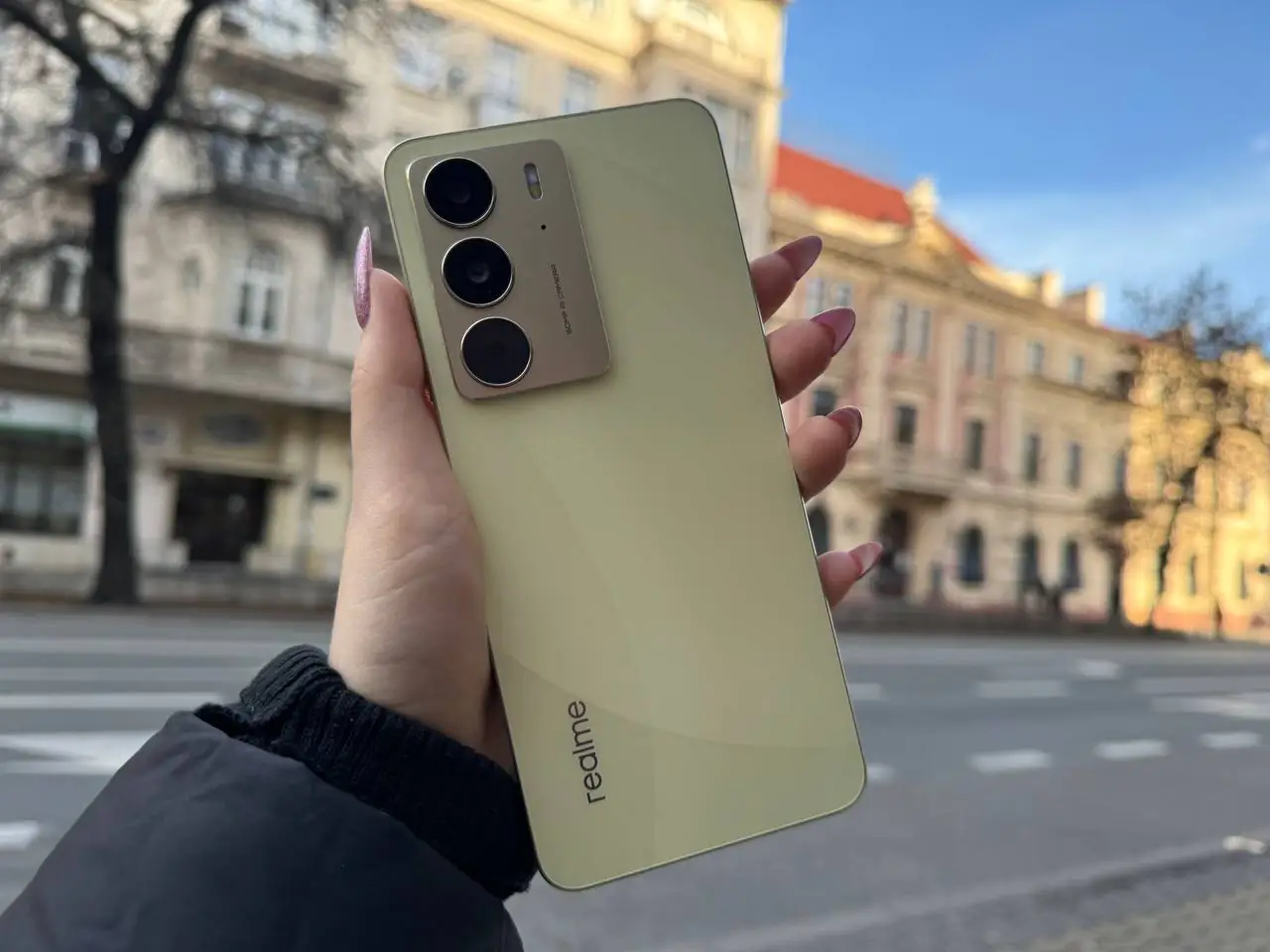
Positioning and price
The realme C75 expands the brand’s “C” series lineup. What sets it apart from its predecessors? The device features a 6.72″ display with a 90Hz refresh rate and 690 nits of brightness, a 108 MP main camera, and memory configurations of 8/128 GB or 8/256 GB. Powered by the MediaTek Helio G92 Max processor, it delivers solid performance. Additionally, it comes with a 5828 mAh battery that supports 45W fast charging, boasts IP68 and IP69K certifications, and meets the MIL-STD-810H durability standard. All of this is offered at an affordable price. So, how much will this new device cost?
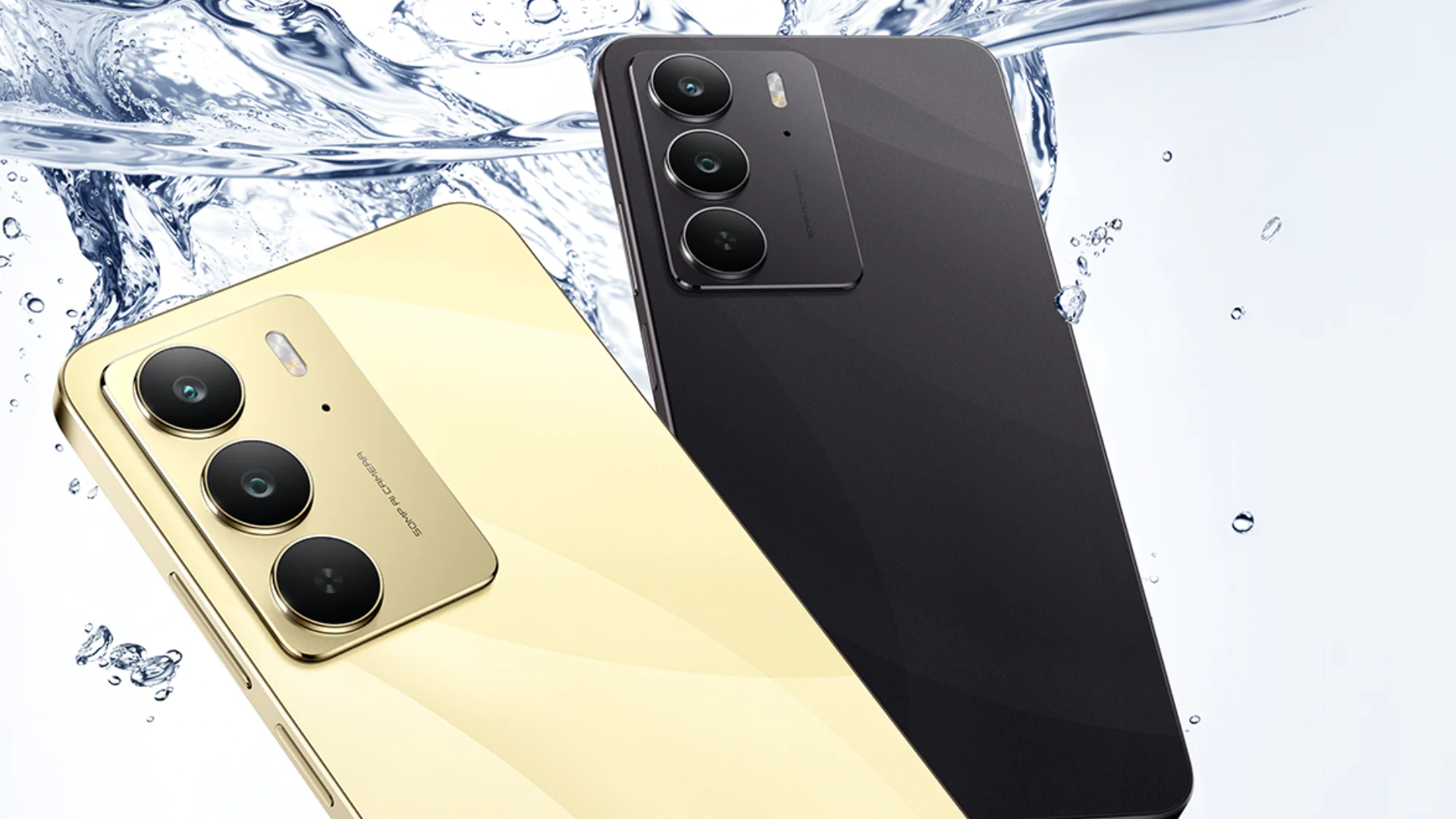
As of this review’s publication, the 8/128 GB version of the realme C75 is priced at $170 / €167. The 8/256 GB variant, which we tested, costs only slightly more at $189 / €183.
There aren’t many color options available—you can choose between yellow and black. Fortunately, we received the yellow version for review, which I appreciate for its unconventional look. Now, let’s take a closer look at the realme C75!
Read also: realme GT 7 Pro Review: Flagship That Outperforms Competitors
realme C75 specifications
- Display: 6,72” IPS LCD, 2400×1080 pixels, maximum refresh rate 90 Hz, peak brightness 690 nits
- Memory: 8/128 GB, 8/256 GB with the possibility of expanding the RAM by 8 GB
- Main camera:
- Main module: 50 megapixels (f/1.75) with optical image stabilization (OIS)
- Macro: 2 megapixels
- Video recording: 30 frames per second
- Front camera: 8 megapixels (f/2.0)
- Processor: MediaTek Helio G92 Max
- Operating system: Android 14 with realme UI 5.0 shell
- Battery: 5828 mAh with 45W fast charging support
- Connectivity: 2G, 3G, 4G, Dual SIM, NFC, USB-C, 5 GHz Wi-Fi
- Navigation: GPS, A-GPS, GLONASS, Galileo
- Protection: IP68, IP69K (dust and water protection) and MIL-STD-810H standard
- Sensors: fingerprint scanner (in the power button), accelerometer, gyroscope, compass, proximity sensor
- Dimensions and weight: 165.7 × 76.2 × 8.0 mm, 196 g
Package contents
The cheaper the gadget, the more elements are in the box. We found the following in the box with the realme C75:
- the smartphone itself
- power supply
- Type-A to Type-C cable
- transparent plastic case
- SIM card eject tool
- documentation
Design, ergonomics and layout of elements
The design of the realme C75 is classic and versatile. The yellow variant features a pleasant beige undertone that shimmers attractively in sunlight.
Modern touches include flat edges reminiscent of the iPhone. The front panel houses an 8 MP selfie camera in a small cutout. The screen bezels are relatively slim, although the bottom “chin” could have been slightly smaller. That said, it’s not overly prominent either.
The Realme C75 features a standard layout for its components. On the right side, you’ll find the volume rocker and the power button, which doubles as a fingerprint scanner. The SIM card slot is located on the upper-left side.
At the bottom, there are openings for the speaker (though, unfortunately, there’s no stereo sound) and the charging port.
The back of the Realme C75 features a glossy surface adorned with 3D lines. The camera module protrudes slightly, but it doesn’t interfere with everyday use. The surface resists fingerprints well, so a case might not be necessary—especially since it would hide the attractive rear design.
The body is made of plastic, which is forgivable at this price point. The phone measures 165.7×76.2×8.0 mm and weighs 196 g. While not overly heavy, its large display can make one-handed use somewhat challenging.
The Realme C75 is rated IP68 and IP69K, offering protection against dust and water. It also meets the MIL-STD-810H standard for durability. The display is shielded by ArmorShell glass, adding an extra layer of resilience to the device.
Read also: Realme C61 Smartphone Review
Display
The realme C75 features a 6.72-inch IPS display with a Full HD+ resolution (1080×2400 pixels) and a 20:9 aspect ratio. It supports a maximum refresh rate of 90 Hz, which, while not matching the 120 Hz standard some users may be accustomed to, still delivers a smooth experience. The device also includes an adaptive refresh rate feature, which adjusts automatically to conserve battery life—a practical addition for energy efficiency.
In terms of brightness, the realme C75’s display performs impressively. The standard brightness level is 580 nits, while the peak brightness reaches up to 690 nits, ensuring decent readability even under direct sunlight. The colors are vivid, and the settings offer useful options for image adjustment, such as color modes and white balance tweaks. This allows users to tailor the display to their preferences. Additionally, the device supports both dark and light modes, adaptive brightness, and a blue light reduction feature to enhance eye comfort during prolonged use.
Sound
Unfortunately, the Realme C75 lacks stereo sound, featuring only a single speaker located on the right side of the bottom edge. The audio quality is average, lacking depth and richness. If the speaker is accidentally covered by a hand, the sound becomes even flatter due to its already uneven distribution.
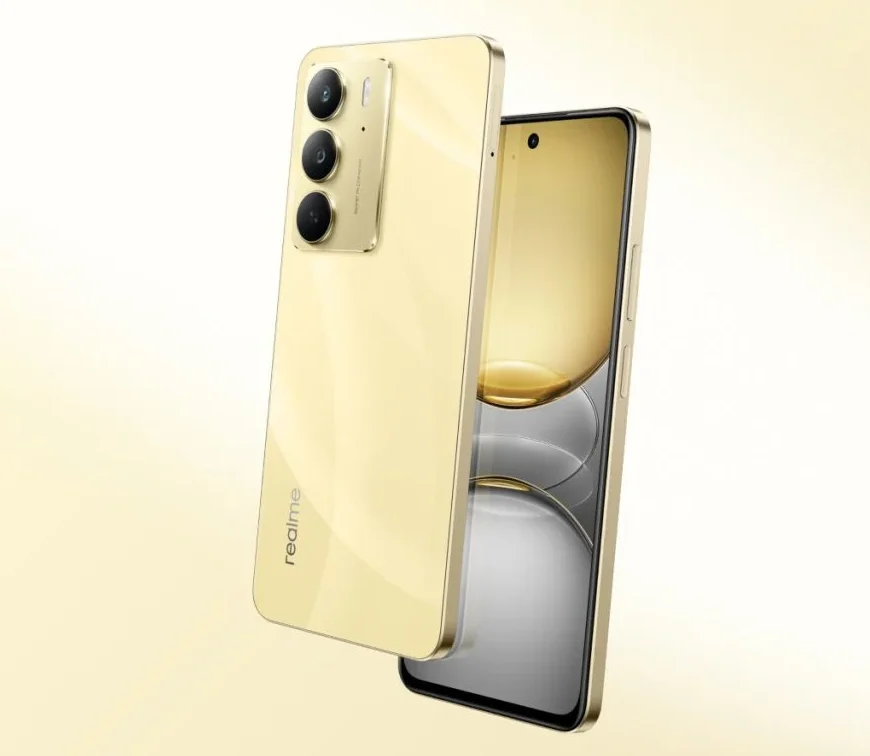
The volume is adequate for listening to podcasts and watching videos on various platforms. There’s no 3.5mm headphone jack, but this isn’t much of an issue since most users now prefer wireless earbuds.
realme C75 unlock methods
The realme C75 offers several ways to unlock the device: a fingerprint scanner, facial recognition, and a PIN code. The fingerprint scanner, integrated into the power button, generally works well and responds quickly to touch. However, occasional false touches do occur.
Facial recognition works fine when there’s sufficient lighting. In low-light conditions, though, the system struggles with face detection, requiring the use of other unlocking methods. If facial recognition fails, the PIN code option is available and works without issue.
Read also: Realme 12 4G Review: Powerful Player in Its Class
Performance and software
The realme C75 is powered by a MediaTek Helio G92 Max processor with 8/256 GB of RAM (RAM can be expanded by up to 8 GB using permanent memory). This allows you to easily perform daily tasks, run various programs, including games and photo editors.
As for the speed, it was lightning fast. The interface responded instantly to commands, and applications switched without any problems.
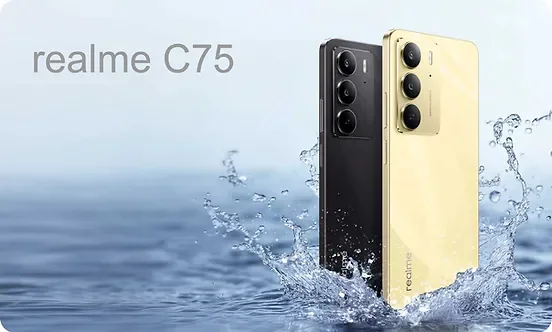
The phone runs on Android 14 with the realme UI 5.0 interface. It offers various customization options, allowing users to adjust the appearance of the interface, simplify app search through sorting, and change widgets, wallpapers, and themes. The settings also include options for adjusting how notifications are displayed on different parts of the screen.
Among the features are: pop-up windows, smart gestures, an intelligent sidebar, and AI smart loop. Additionally, there are several modes, including: a child mode (with enhanced parental controls), a driver mode (to minimize distractions while driving by limiting access to essential apps), and a “Simple” mode for seniors (which increases font size, icons, and volume).
As seen, each user group will find something suited to their needs. Even gamers can improve their gaming performance with specialized modes. The only downside is the bloatware—too many unnecessary games and apps that need to be removed to make the main menu more aesthetically pleasing.
Communications and connectivity
The realme C75 supports 2G, 3G, and 4G connectivity and offers Dual SIM functionality, allowing users to use two SIM cards simultaneously. The phone is equipped with an NFC module for contactless payments. For data transfer, it uses 5GHz Wi-Fi and a USB-C port. It also supports GPS, A-GPS, GLONASS, and Galileo navigation systems.
Read also: Realme GT 6T Smartphone Review
realme C75 cameras
The cameras on the realme C75 are not the best. The manufacturer claims the device features a 50MP main camera, an 8MP front camera, and a 2MP macro lens.
The main camera takes decent photos in good lighting conditions, but the color palette isn’t particularly impressive. I understand the company didn’t focus heavily on the device’s photography capabilities, so I didn’t have high expectations. The level of detail is sufficient, but, of course, the quality doesn’t compare to flagship models. I missed more contrast and color depth, but I wouldn’t say the photos were disappointing.
There are also other modes available, such as street photography, portrait, time-lapse, panorama, slow motion, and more. Realme traditionally offers a Street Mode 4.0 for street photography. In this mode, you can capture moving shots, and at first, I thought the photos would be blurry. However, the post-processing “stabilized” the images, and they turned out quite decent.
The zoom is acceptable up to 2x. Beyond that, increasing the zoom doesn’t make sense as both detail and brightness drop significantly.
I liked the selfies—they turn out well, with the skin having a warm and natural tone. There are also beauty enhancement features and filters available.
I was surprised by how well the night mode works. Comparing photos taken in night mode to those from the standard module, it’s clear how the frame changes. First, the shot gets warmer colors and looks more natural, while illuminated objects become sharp and vibrant.
Video performance is a weak point of the realme C75. There’s a lack of stabilization, so the footage is acceptable, but if you’re into professional filming, the video quality will be disappointing.
Battery life
The new device is equipped with a 5828 mAh battery, but various sources online claim it has a 6000 mAh battery. There are two possible explanations for this discrepancy: either the previous rumors about the model were false, or my device is a test version, and the manufacturer will include a 6000 mAh battery in all subsequent units.
On a single charge, the smartphone lasted 2 days, which was very convenient. Of course, the battery life depends on how you use the realme. For example, if you use the phone daily for graphic work, video editing, and demanding tasks, you’ll need to charge it once a day. Personally, I took the phone to university for note-taking, chatting with friends, and taking photos—and the device didn’t let me down, not running out of battery unexpectedly.
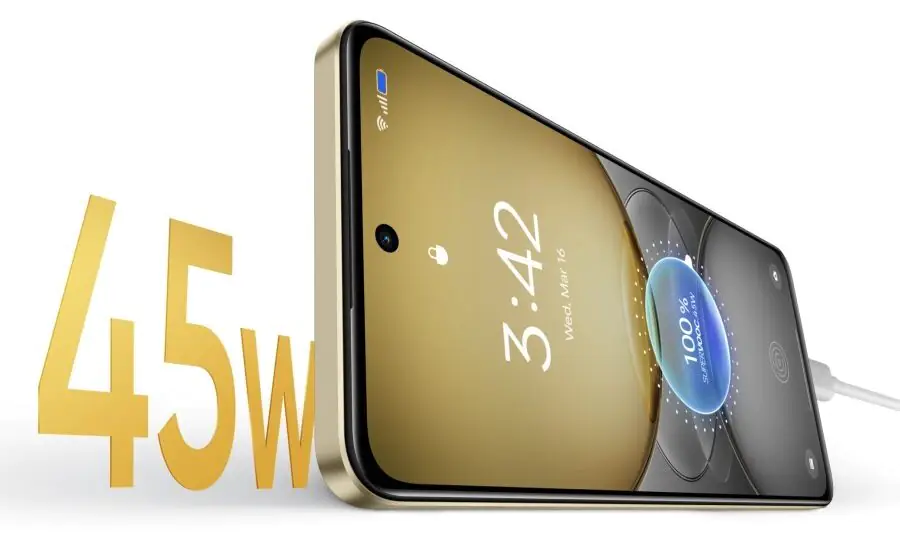
The package includes a 45W charger. It’s important to note that the phone has a large battery, and even with fast charging, it doesn’t reduce the charging time to under an hour, so the entire process took almost 2 hours. This result is somewhat disappointing, as most users are accustomed to devices charging within 60–90 minutes.
Comparative test results:
Conclusions
The realme C75 offers a new approach to durability at an affordable price. It features a 6.72-inch IPS display with Full HD+ resolution and a 90Hz refresh rate. The phone is powered by the MediaTek Helio G92 Max processor, with 8GB of RAM (expandable) and up to 256GB of storage. The 50MP main camera performs well in good lighting, and the 8MP front camera takes decent selfies. The device is water- and dust-resistant (IP68, IP69K) and has a military-grade MIL-STD-810H durability certification. The 5828 mAh battery lasts for two days of use.
The design is simple yet elegant, especially in the yellow color, which subtly shifts in the light. The device weighs 196g and is fairly comfortable to use, though it’s difficult to operate with one hand due to the screen size. Unfortunately, the body is made of plastic, and audio is emitted from a single speaker, limiting sound quality. The Android 14 system with realme UI 5.0 offers various features, including a child mode and a simplified mode for senior users.
While the phone has some limitations, such as the lack of video stabilization and unnecessary bloatware, it provides good value for its price ($170-189) and will be a solid choice for those looking for a durable and functional device.
Read alsо:


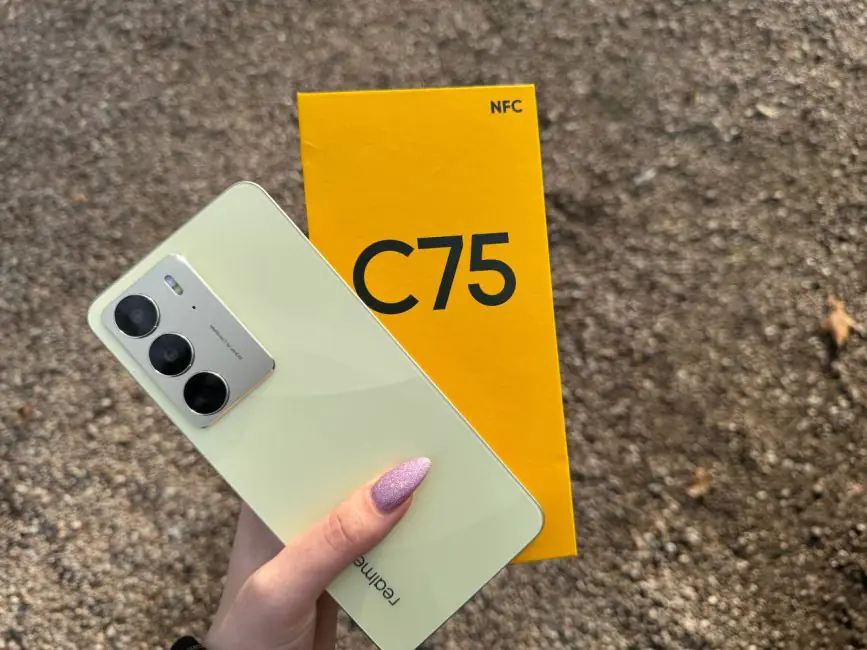
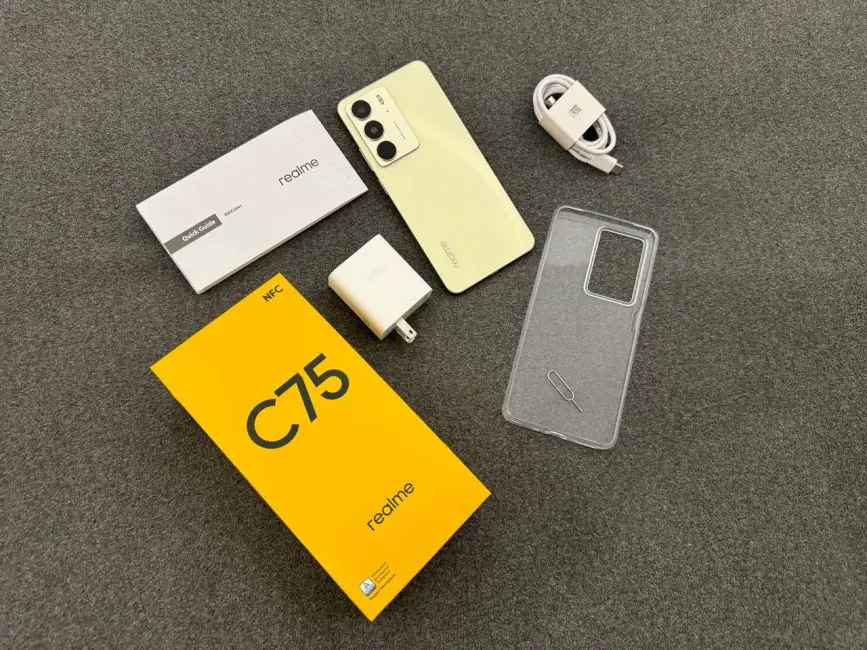
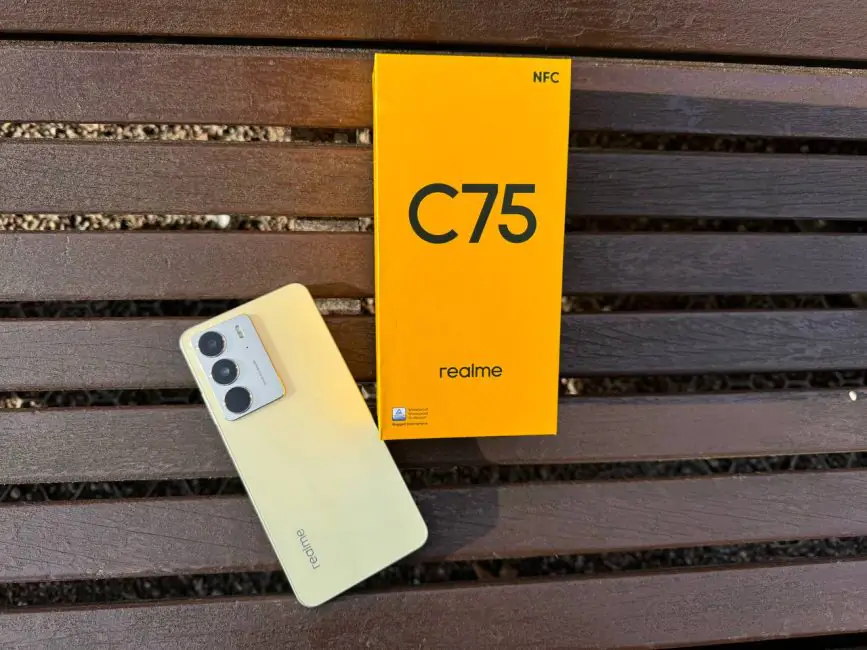
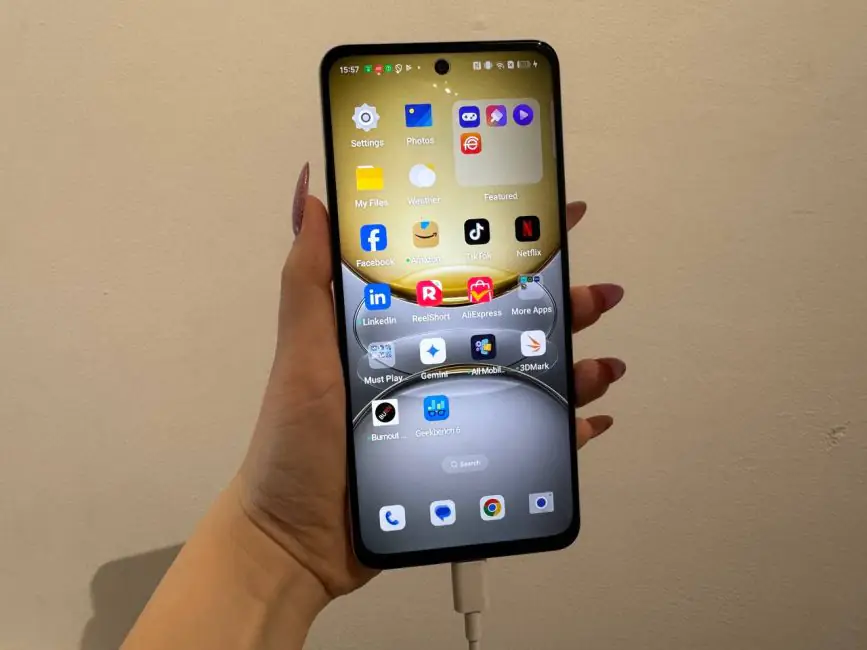
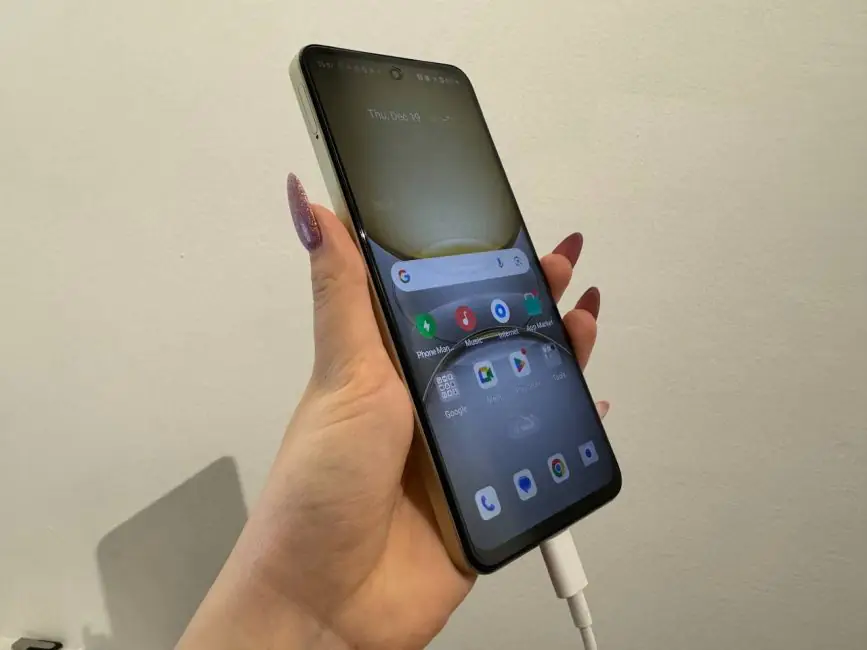
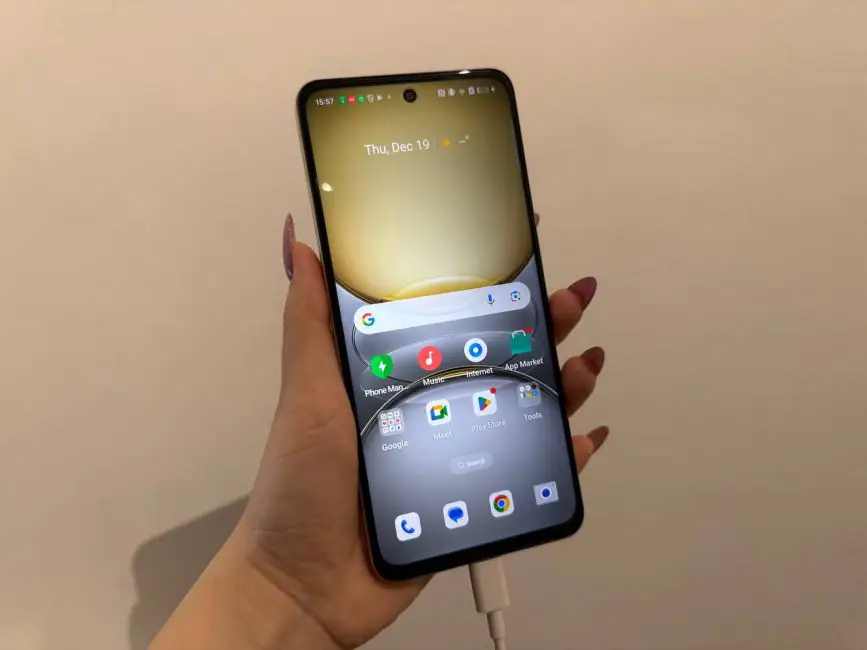
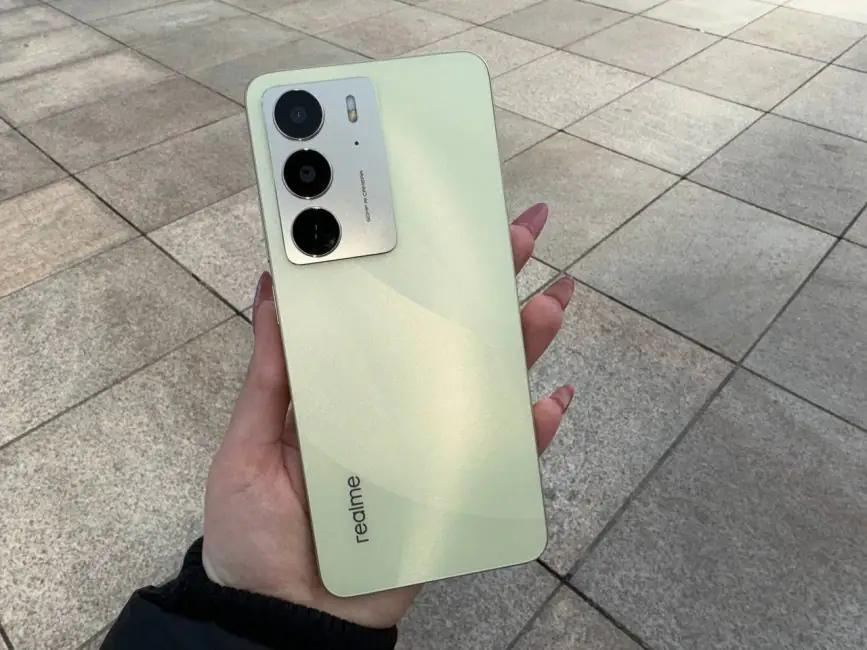
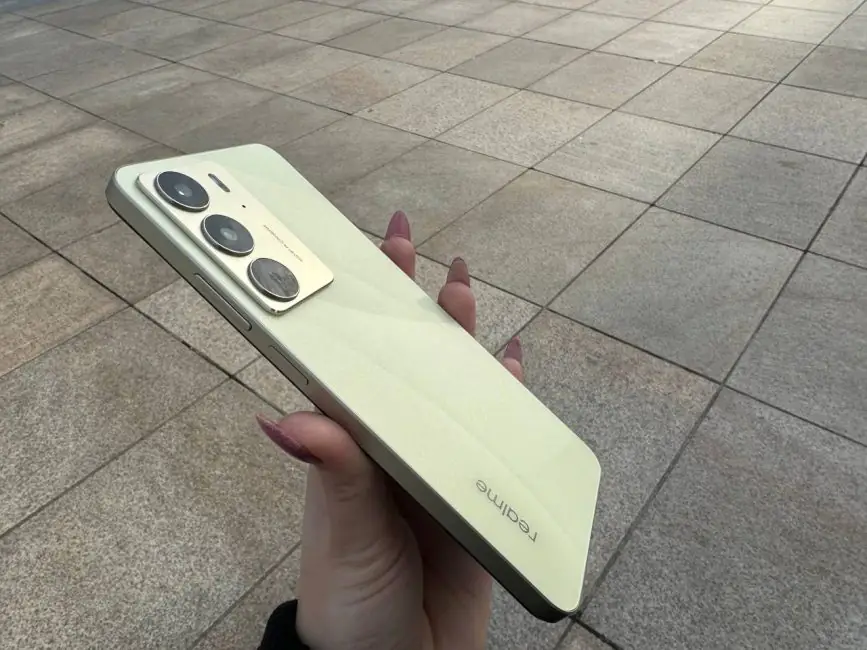
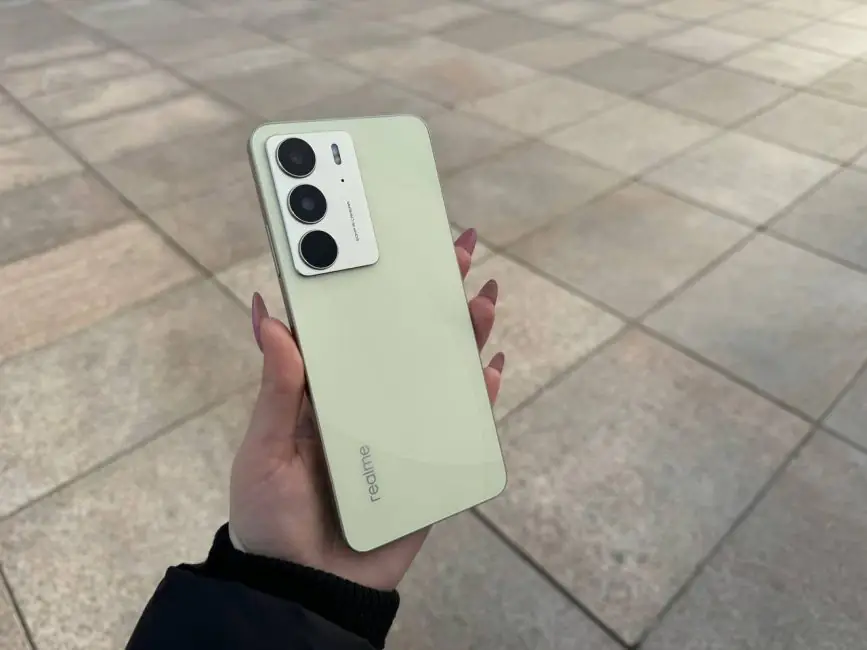
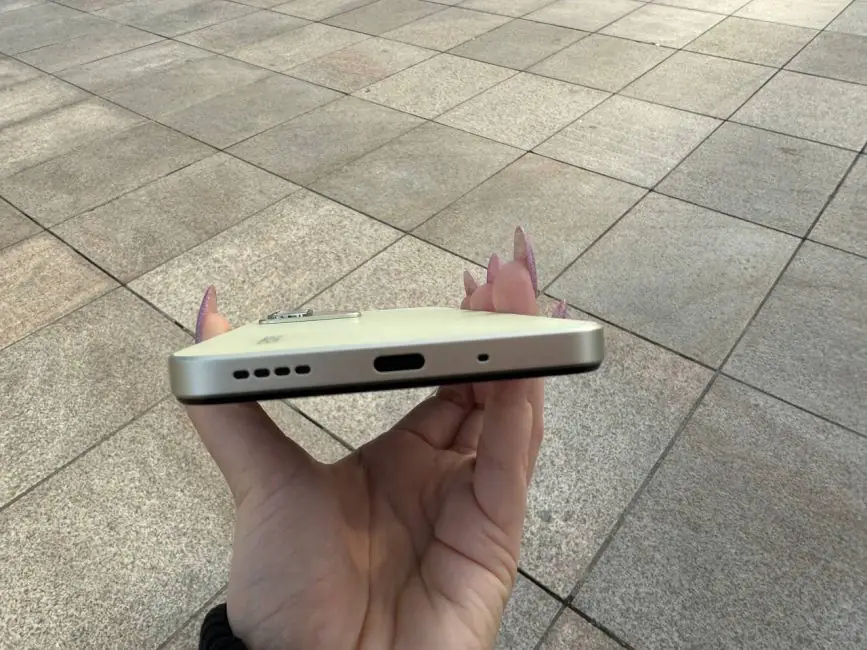
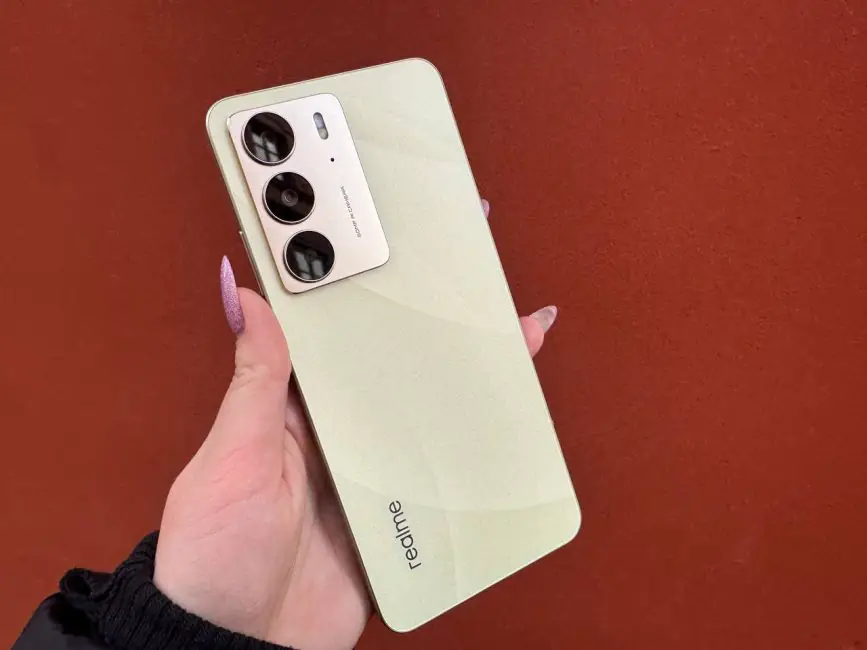
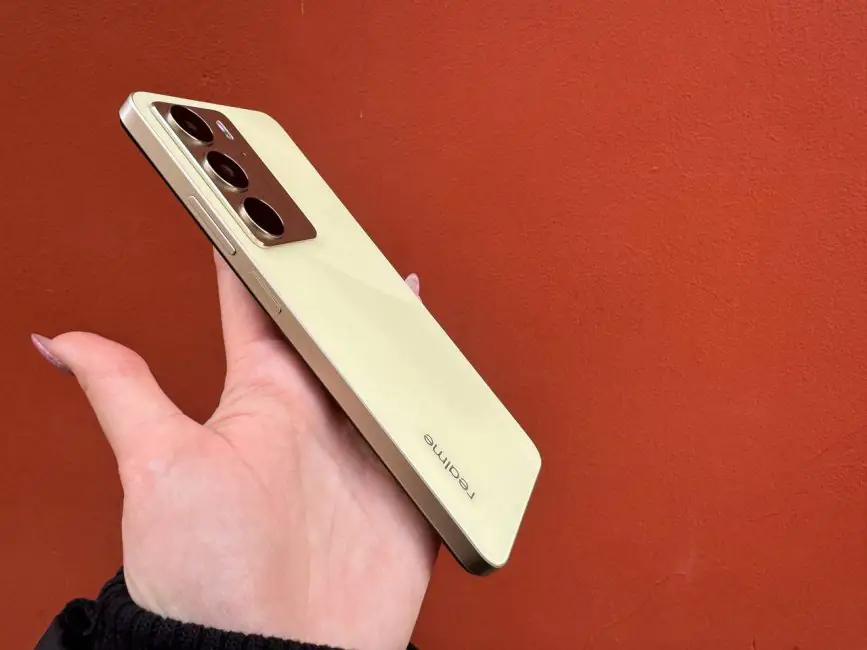
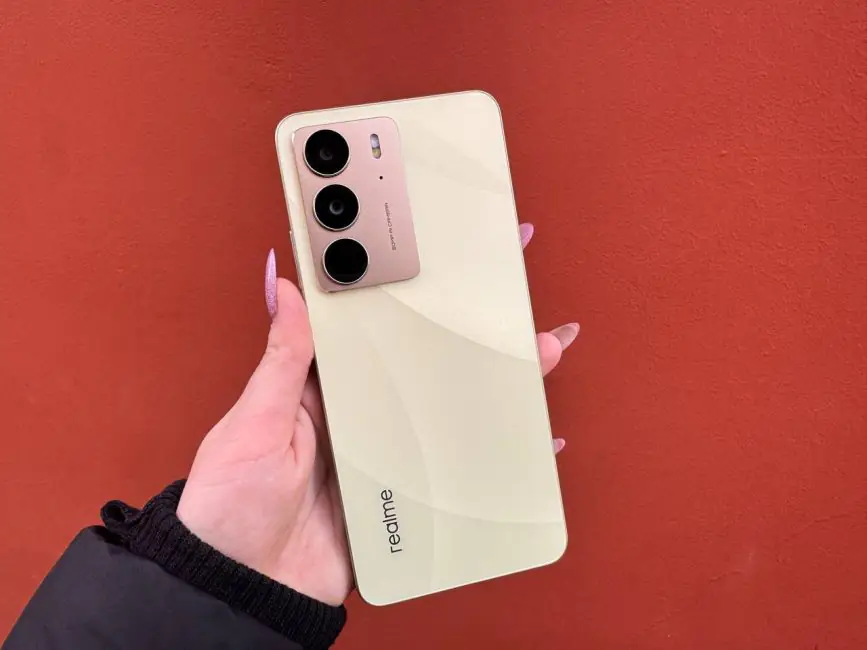
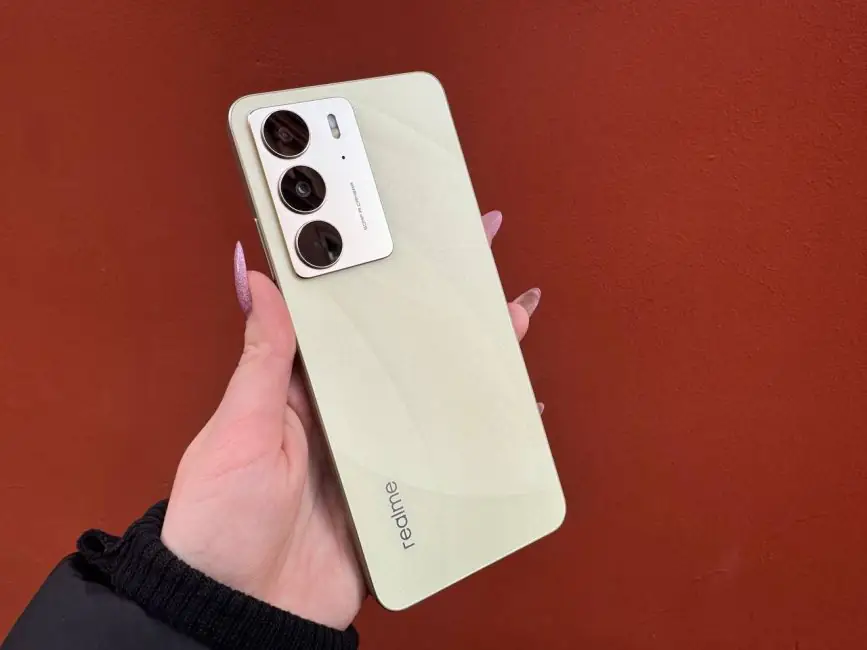
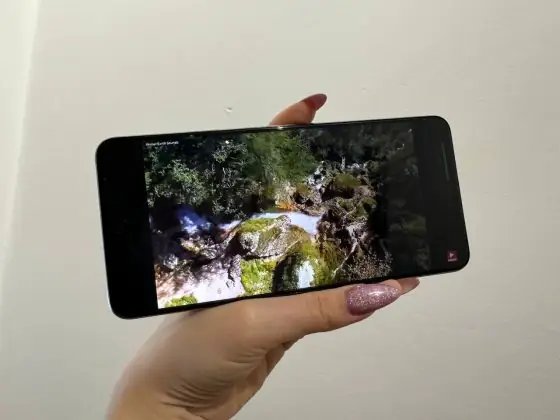
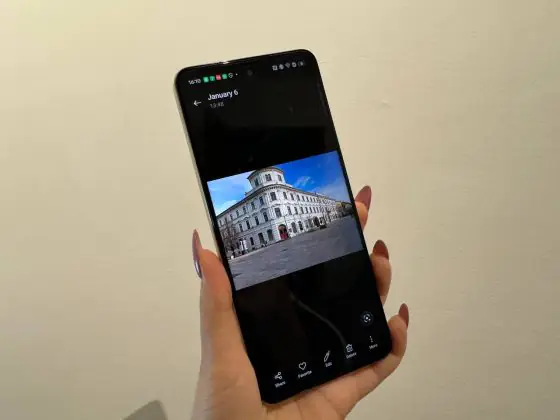
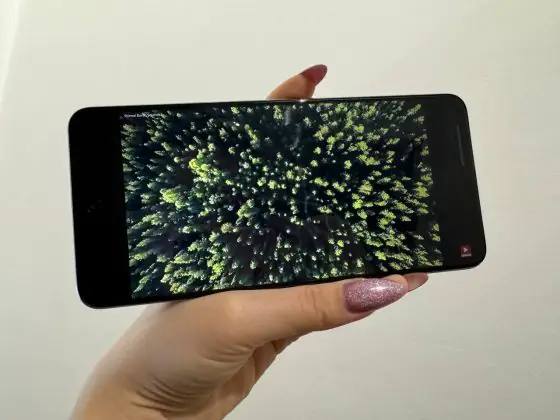
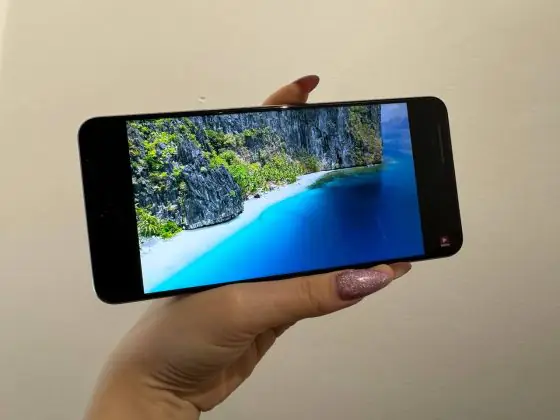
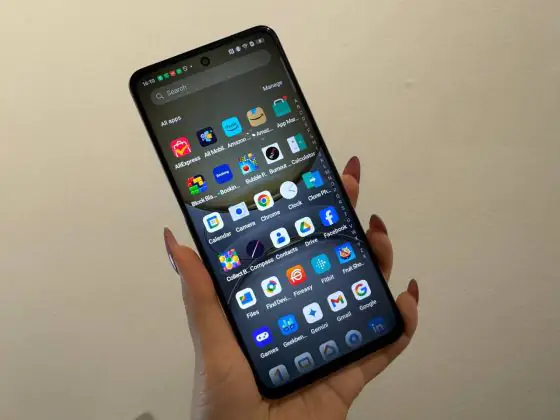
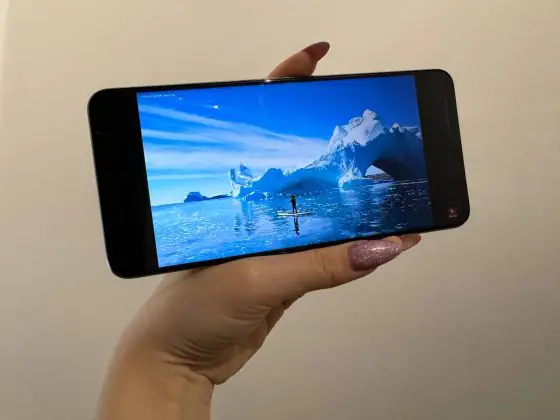
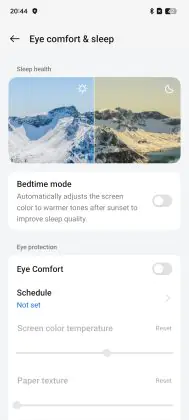
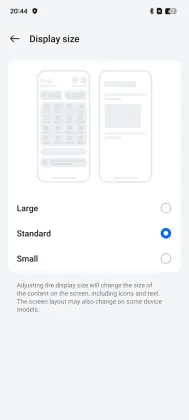
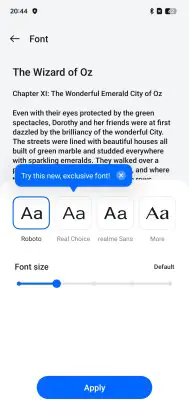
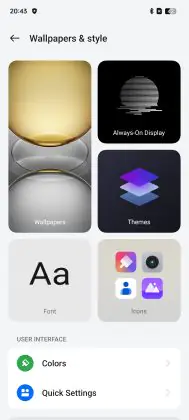
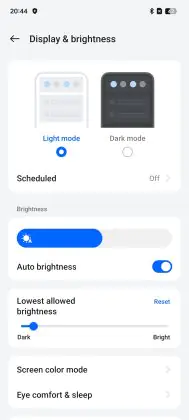

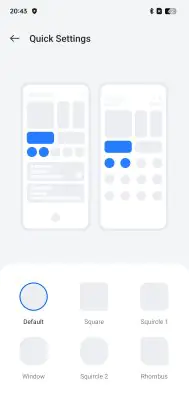
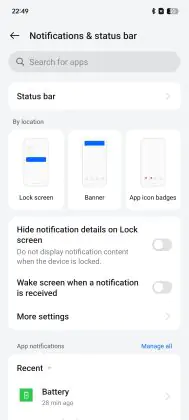
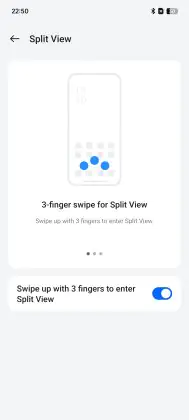
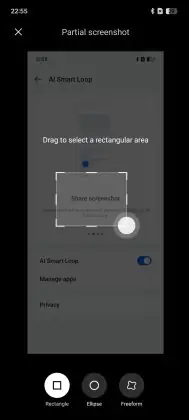
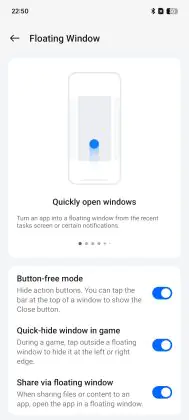








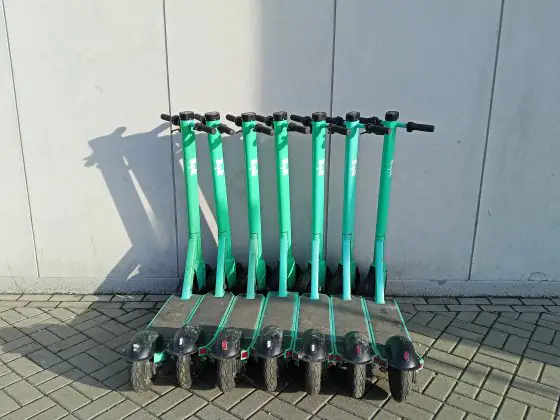






















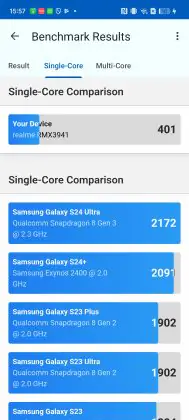
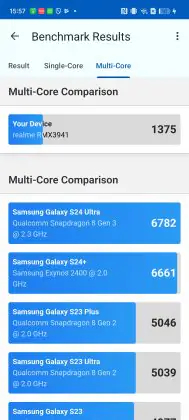
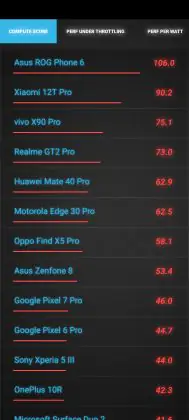

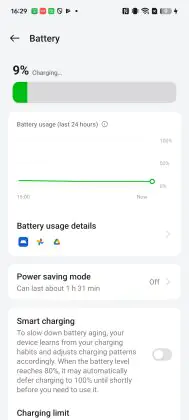
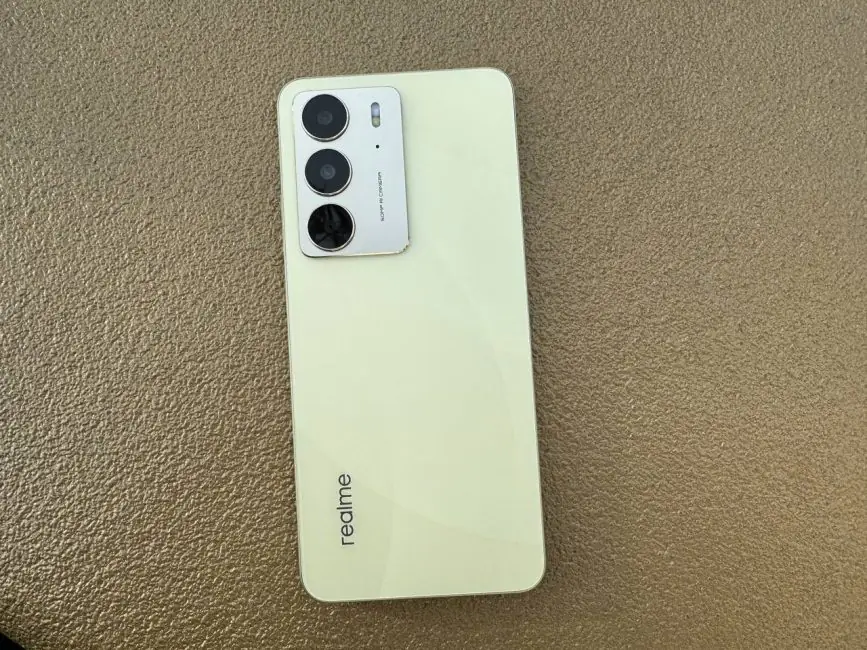
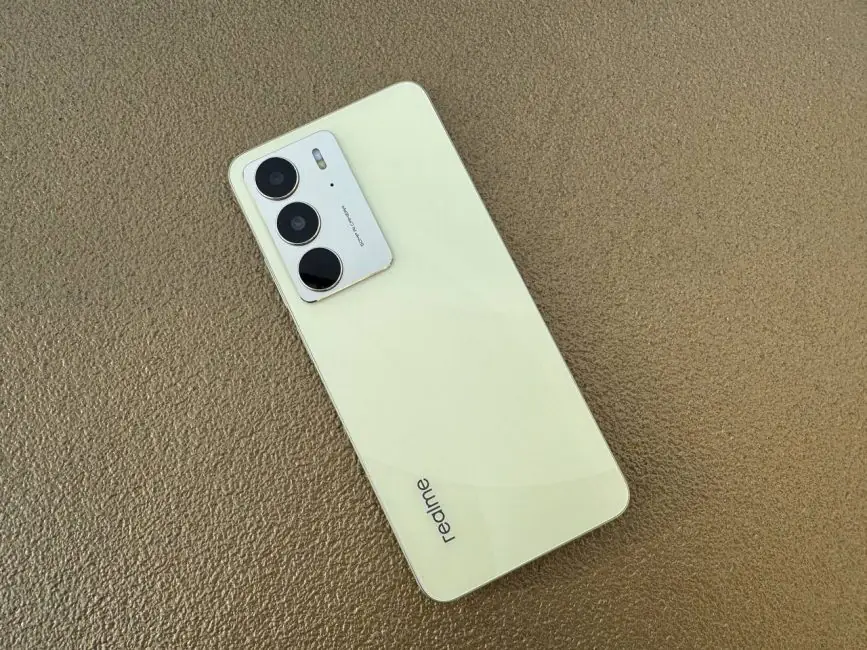
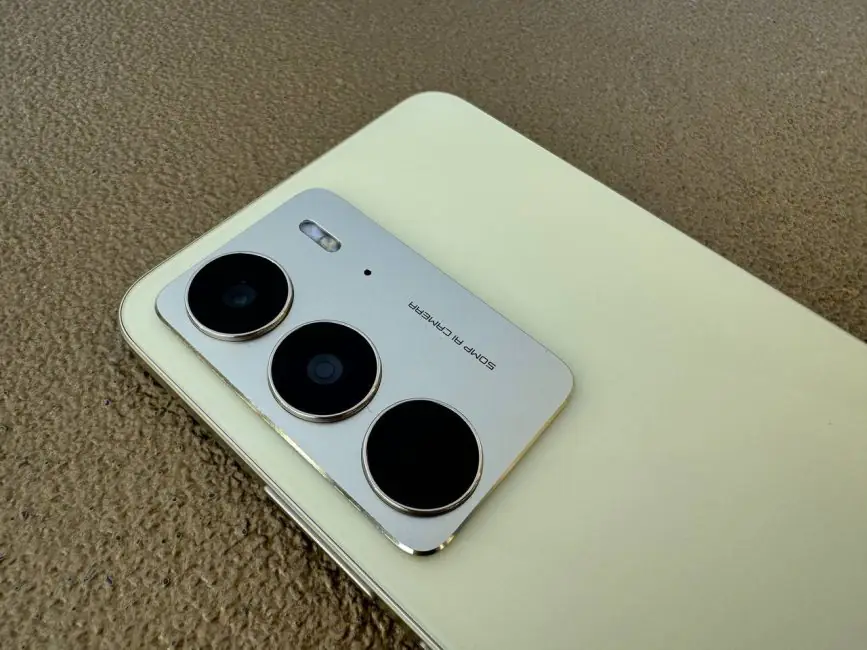
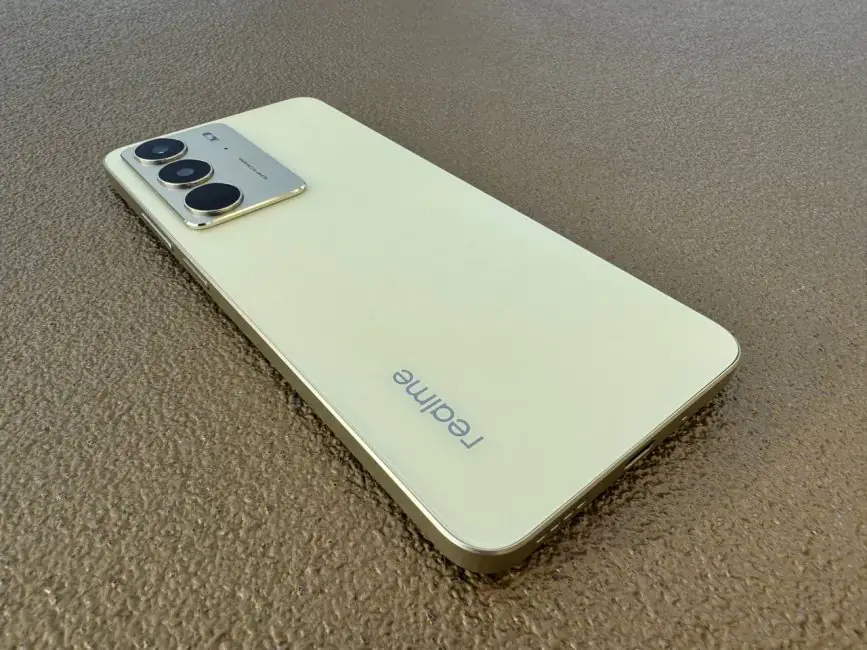
Can’t stop thinking about the Realme C75’s performance benchmarks with that Helio G92 Max chipset.